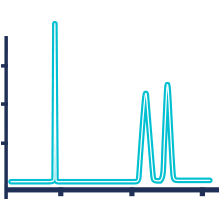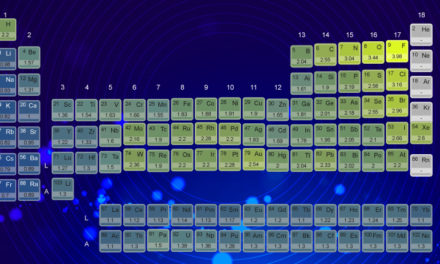Many of you have asked us how to make a solid deposit, we hope that this tutorial will answer your questions!
This technique is widely uses when crude sample is not soluble in the starting eluant conditions.
To make a solid deposit, the needed materials are:
- A Dry-Load with a frit and a sample distributor (only for dry-loads F0040 to F0330)
- The sample
- A spatula
- A funnel
- Celite, silica or C18 in quantity 1:1 or 2:1 (celite:silica)
NB: Celite doesn’t generate back pressure, doesn’t interact with compounds and improves the separation. Celite can be used in normal and reverse phase conditions. - A round bottom flask
- A test-tube
- Solvent to completely dissolve the sample
The different steps involved :
- Put the sample in a round bottom flask.
- Add solvent to dissolve the entire sample.
- Rinse the vial of the sample with solvent to recover a maximum of product.
- Put the celite in the round bottom flask
- Rinse the funnel with solvent
- Put the Solid deposit in the Dry-Load
- Then add celite to the top of the Dry-Load
- Slightly tamp down the celite and complete the Dry-Load again
- Put the top frit (and the sample distributor, depending on the Dry-Load’s size)
- Before closing the Dry-Load, check if the seal is correctly positioned
To properly tighten the cap, you must first reach the abutment and tighten firmly of 1/6 of a turn
Know more:
Fully filled or prefilled? Inject with complete confidence with our Dry loads!
- Discover our Dry Load solutions
- Select your Dry Loads & your accessories
 |
 |
 |
| Plastic or high quality stainless steel | Compatible with normal phase (NP) and reverse phase (RP) | Higher efficiency resolution purity |














